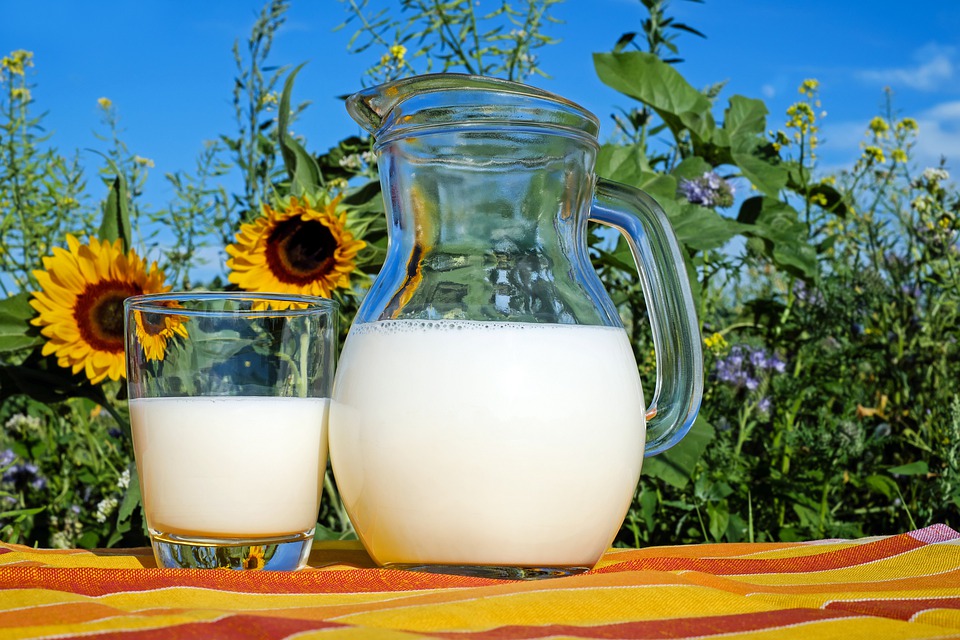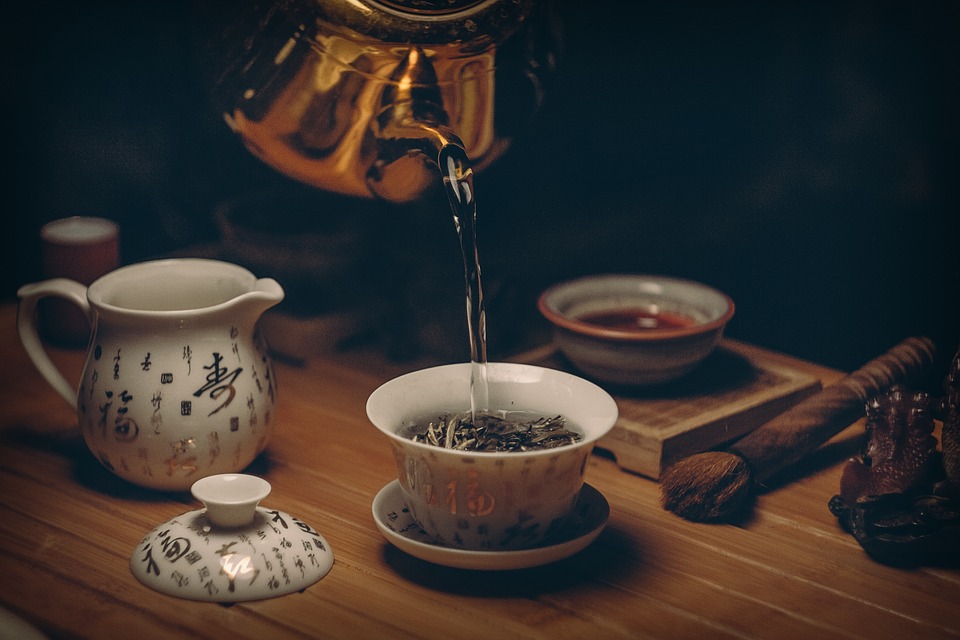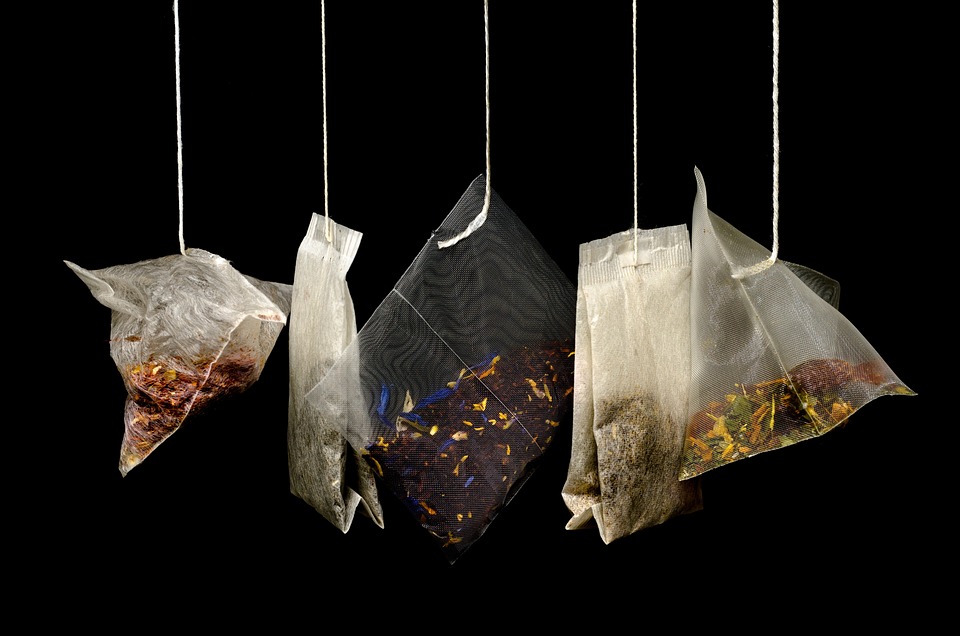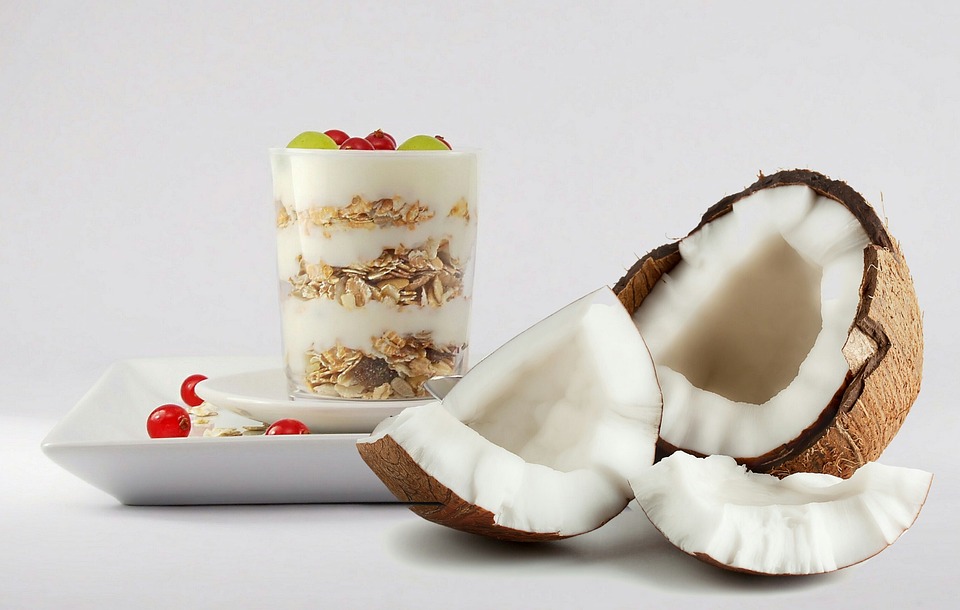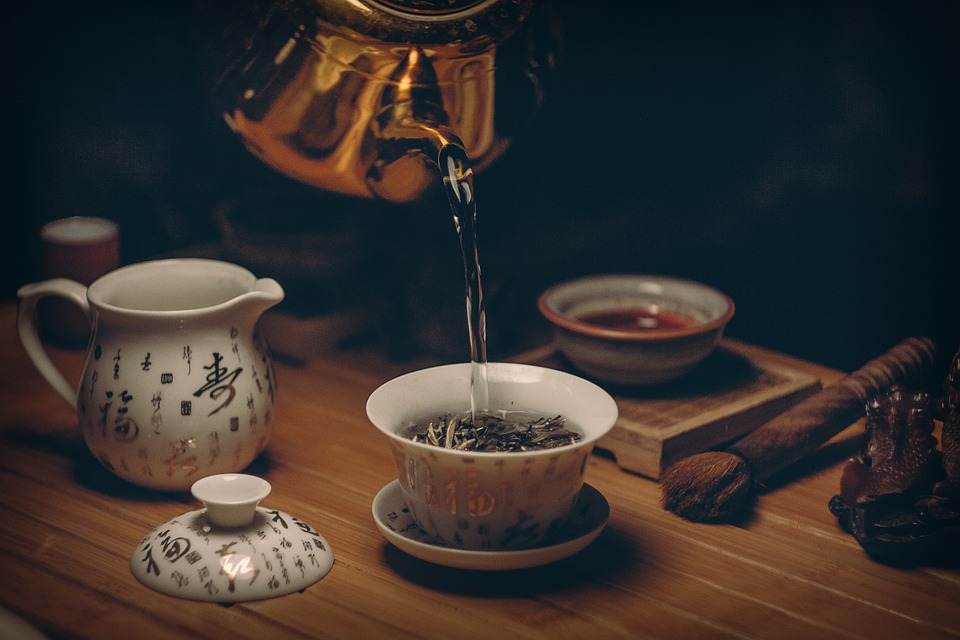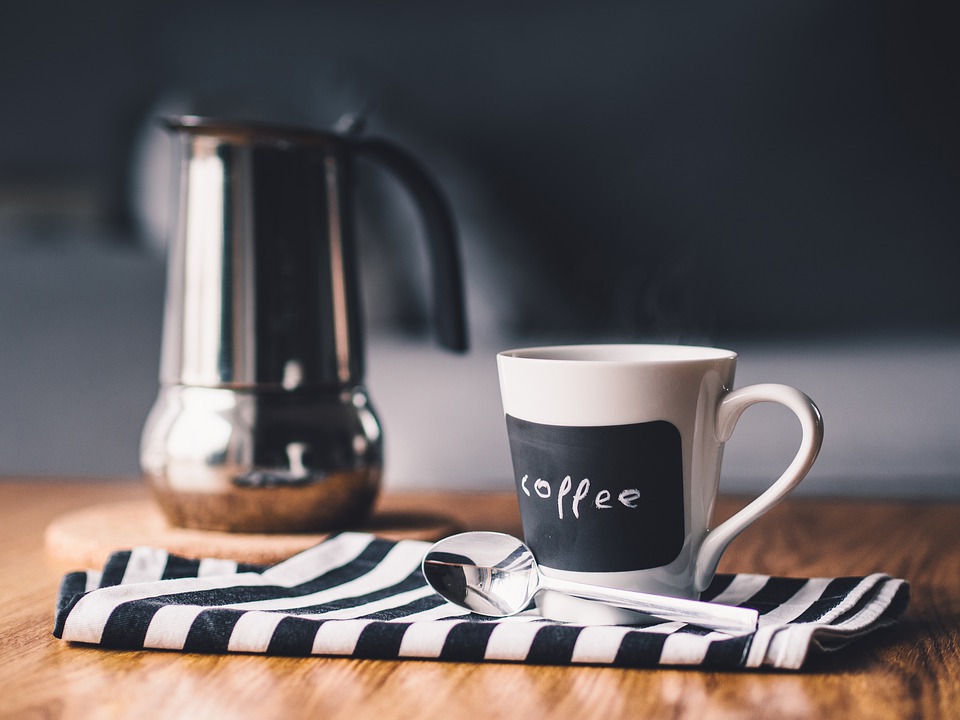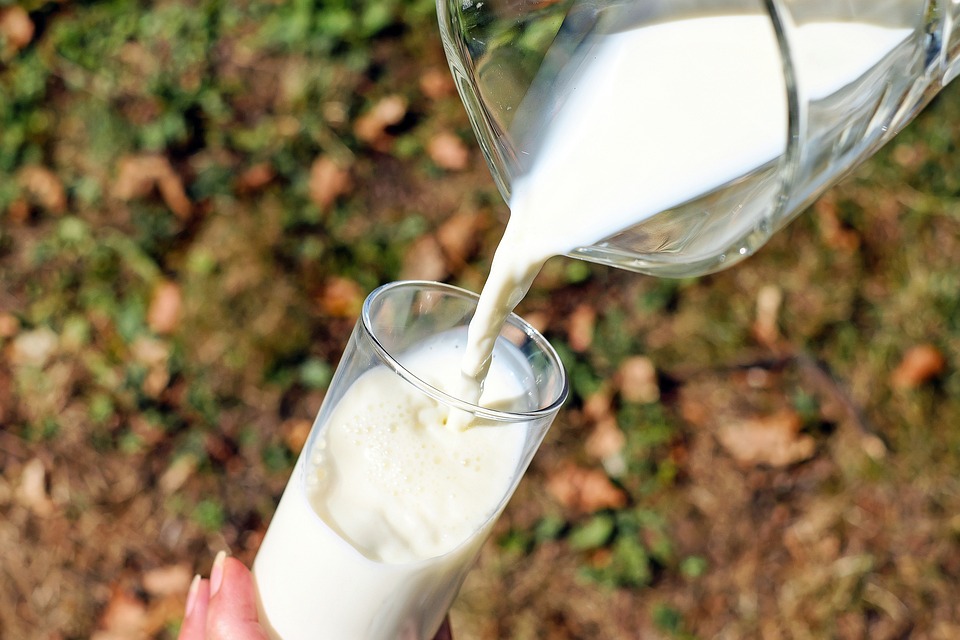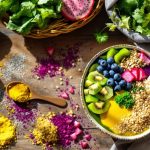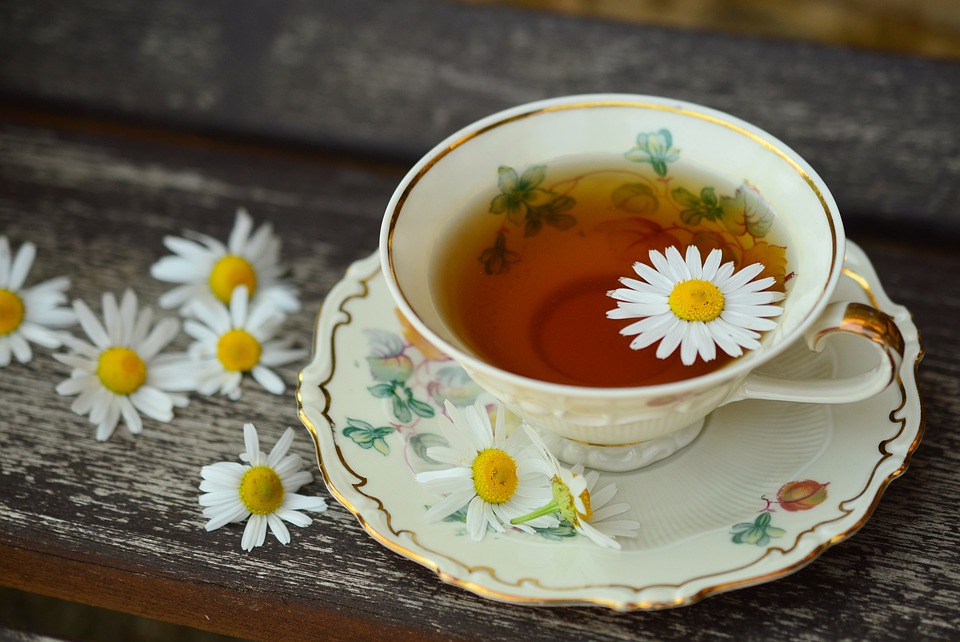
What is decaf tea?
Decaf tea has been processed to have the caffeine removed. It is not the same as a naturally caffeine-free tea, which is typically a fruit blend or herbal infusion, such as peppermint, rooibos, or turmeric tea.
There are different types and blends of decaf tea, including black tea, chai, Oolong, Darjeeling, Earl Grey, English Breakfast, and green tea, but they are all virtually zero in calories. It’s when you add ingredients like milk, sugar, and honey that the calories increase.
Is there any caffeine in decaf tea?
The amount of caffeine in decaffeinated teas is significantly lower than in regular teas.
The ‘Which?’ organization says that by law, decaffeinated tea must have less than 2.5% of the caffeine that was originally in the tea leaves. They say that this averages out to around 2mg of caffeine per cup, but that sometimes there can be more caffeine than this.
Even if you don’t feel the effects of caffeine immediately, it can still build up in your system if you have more than one cup a day. This can be a problem for people who are sensitive to caffeine, so it might be better to stick to herbal tea instead.
Decaf tea vs regular tea: What are the differences?
Caffeine content.
Decaf tea contains less caffeine than regular tea. A cup of decaf tea usually has about 2mg of caffeine, but it can sometimes have more.
What’s the caffeine content in each type?
It is difficult to find a precise answer for this, and it appears that it changes depending on the brand.
On average, decaffeinated black tea can contain 2mg to 6mg of caffeine, and decaf green tea is around 2mg to 4mg. This is considerably less than a standard cup of PG Tips, for example, which contains 50mg of caffeine per 200ml cups.
Although we’re not sure of their decaffeination method, a cup of PG Tips decaf black tea only contains 1mg of caffeine.
Does decaf tea contain fewer antioxidants?
Although decaffeination removes some nutrients from green tea, it is still a healthy drink.
The flavonols in decaffeinated green teas are much lower than in regular versions, only 4.6 to 39.0 mg/g compared to 21.2 to 103.2 mg/g.
Although the researchers did not state whether a non-chemical decaffeination method was used for these teas, it is likely that more nutrients were retained than if a chemical decaffeination method had been used. It is difficult to say how many nutrients were retained, however.
There is a common belief that the decaffeination process also strips black tea of its beneficial nutrients, though this happens to a lesser extent when the CO2 method is used.
Some animal studies have found that decaffeinated black tea is not as effective as standard black tea at reducing cancer development.
Is decaf tea healthier than regular tea?
If caffeine affects you negatively, then decaf is a better choice. An important thing to think about is if chemical stripping methods have been used, because then you would be consuming chemical residues, and the tea wouldn’t have as many beneficial minerals and polyphenols.
If you drink organic decaf tea that has been produced using natural decaffeination methods, it will be better for you.
Decaf tea does not contain as many catechins as regular tea, which means it is not as beneficial to your health.
If you’re looking to reduce your caffeine intake, organic herbal teas are a great alternative. Teas like olive leaf and rooibos don’t contain any caffeine but are still high in antioxidants.
Does decaf tea taste as good as regular tea?
There is no clear consensus on which brand of decaffeinated black or green tea tastes the best. It seems to be a matter of personal preference.
Some people say that certain decaf teas have a ‘chemical’ taste, which is probably due to the decaffeination method used. It might take some trial and error to find a decaf tea that you like.
Does decaf tea have any benefits?
Green tea, on the other hand, is associated with better brain function, lower risk of cancer, and improved weight management. Both green and black tea have a multitude of health benefits. Black tea is associated with improved heart, bone, and gut health. It may also aid blood sugar balance and may help to prevent cancer. Green tea, on the other hand, is associated with better brain function, lower risk of cancer, and improved weight management.
Green tea benefits your health in several ways. It helps boost immunity, improve brain function, and aid cardiovascular health. Additionally, green tea may also reduce the risk of diabetes and protect against some types of cancers.
If you drink organic decaffeinated teas which have used the CO2 method of decaffeination, you will still reap some of the health benefits because more nutrients and antioxidants are retained.
It is still better to drink regular tea if you want to experience all of the positive health benefits of tea.
Does decaf tea have any side effects?
If you are extremely sensitive to caffeine, you may experience some of the side effects associated with caffeinated black and green tea, even if the tea is decaffeinated. These side effects include anxiety, insomnia, headaches, jitters, increased heart rate, and blood pressure, heartburn, digestive issues, and diarrhea.
Back and green tea that has had the caffeine removed still contains tannins. Drinking too much of it can lead to stomach upset, nausea, and vomiting.
Interestingly, a study that spanned 11 years and involved 263,923 people found that the consumption of decaffeinated tea may increase the risk of depression, according to the Linus Pauling Institute.
How is tea decaffeinated? 4 different decaffeination methods
What are the four methods for removing caffeine from tea? 1. Using chemical solvents 2. Using carbon dioxide 3. Using water 4. Using a combination of chemical solvents and carbon dioxide
- Carbon Dioxide
The most natural method of decaffeination, which is also the most effective at preserving the flavor profile of the tea and maintaining any potential health benefits, is carbon dioxide. This method is nontoxic and generally more expensive, but it is the best at preserving the composition of the tea.
Carbon dioxide is put under high pressure and high temperatures until it reaches a super-critical state. At this point, the carbon dioxide becomes a solvent and pulls the caffeine molecules out of the tea leaves. The flavor molecules in the leaves are bigger than the carbon dioxide and caffeine molecules, so they are not affected by this decaffeination method.
- Ethyl Acetate
This text is discussing the process of decaffeinating tea using ethyl acetate. Ethyl acetate is a chemical that occurs naturally in tea leaves, and this process is often labeled as “naturally decaffeinated.” This method is popular because it is less expensive than alternative methods and because it does not alter the flavor profile of the tea.
The process of removing caffeine from tea leaves involves soaking them in ethyl acetate. However, this leaves a residue of ethyl acetate on the leaves, which can alter the taste of the tea.
- Methylene Chloride
This method of decaffeinating tea uses a different chemical than ethyl acetate, but functions in a similar manner. This method is better at preserving the natural flavor of the tea than the ethyl acetate method, but there can be residual amounts of methylene chloride present. This chemical has been linked to cancer and birth defects, and because of this, some countries have banned the importation of teas decaffeinated using this method. The European Union has placed limits on the allowable amounts of residual methylene chloride present in teas, and in the United States, the FDA regulates the use of this method.
- Water Processing
This decaffeination method is more popularly used with coffee beans, but some tea brands also use it for loose-leaf teas. The tea leaves are soaked in water, which is then passed through a carbon filter to remove the caffeine. The water is then added back to the tea leaves to develop flavor. However, this method often results in watery flavors and does not maintain the potency of breakfast black teas or other strong teas well.
Popular types of decaf tea
You can still enjoy different flavors of tea, even if you are trying to avoid caffeine.
Thai Ginger Tea
Ginger tea is made by steeping the root of the ginger plant in hot water. Tea leaves are not added to this recipe, so there is no caffeine. Adding a slice of lemon and a dash of honey enhances the spicy flavor of the ginger root. Lemon ginger tea has a balanced flavor with spicy and smooth, tangy notes.
Rooibos Earl Grey
Not wanting to give up caffeine doesn’t mean you have to give up your favorite English breakfast tea. Thanks to creative tea masters, you can get a decaffeinated British Earl Grey tea by opting for a rooibos Earl Grey. Made from the red rooibos plant in South Africa, this Earl Grey is brewed using a red tea that is free of caffeine. It is still flavored with bergamot so you’ll get that delicious citrusy flavor without the anxious feeling.
Hibiscus Tea
Hibiscus tea is an herbal infusion made from hibiscus flowers. When brewed, it turns a brilliant magenta color. It has a flavor similar to cranberries, with sweet and tart notes. It can be brewed as an iced tea for a refreshing summertime beverage. To make it, bring water to a rapid boil in a tea kettle or pan. Steep the tea leaves in the hot water and allow them to cool to room temperature. Serve immediately over ice or store in the refrigerator for later use. Garnish with a fresh hibiscus flower or a slice of lemon.
Jasmine Tea
Jasmine tea is one of the most popular floral teas in the world and is beloved by the Japanese. It has a delicate, sweet, fragrant aroma that can induce relaxation thanks to its natural caffeine-free composition. Most jasmine tea is brewed using green tea as a base, but you can use decaffeinated green tea instead.
You can make jasmine tea at home by either harvesting jasmine flowers from your garden and drying them, or by purchasing pre-dried flowers and decaf green tea leaves.
Chamomile and Lemongrass Tea
Chamomile and lemongrass tea are thought to improve digestion and help with insomnia. This light, floral, tangy drink is made with just two ingredients, so you don’t have to worry about any caffeine. The chamomile petals add a slightly sweet taste similar to crisp green apples, while the lemongrass adds a tart angle with vibrant aromas. To add extra flavor, try adding a few slices of lemon or orange and a heaping teaspoon of raw honey.
Dandelion Root Tea
Loose-leaf dandelion root tea delivers a flavor similar to coffee and can be brewed at home. This tea is one of the best flavors for people looking to replace a morning cup of joe with a caffeine-free alternative.
Peppermint Tea
Peppermint tea is a flavored tea that comes from the dried leaves of the peppermint plant. The peppermint plant is naturally caffeine-free and this tea is not brewed using any of the true tea leaves. Offering a slightly sweet flavor, refreshing aroma, and fresh finish, this tea is among the classical favorites for tea drinkers.
Rooibos Masala Chai Tea
The Hindi Indian word for “spice mixture” is masala, and the word for “tea” is chai. Masala chai is a spiced tea made with an infusion of spices, so it is usually caffeine-free.
This text is discussing how to make decaf chai tea. It explains that some recipes call for adding black tea leaves, which should be avoided if you want decaf tea because black tea leaves contain caffeine. It says that decaf chai tea is available in tea bags and loose form, and you can also make your own blend at home. If you want the flavor of black tea, you can substitute decaf black tea or rooibos tea. Masala chai is a tea lover’s dream, with flavors including ginger, cardamom, nutmeg, fennel, and star anise.
The decision on decaf
The pros and cons of drinking decaf tea will be reviewed and you will be able to decide what fits your life best.
There are some drawbacks to decaf tea. Many of the methods used to remove caffeine from tea can involve chemicals that people may not want to consume. For example, many store-bought teas use methods that involve methylene chloride or ethyl acetate. While these methods are more affordable, they are also more toxic.
If you want to drink decaf tea that tastes better, look for brands that use water processing or carbon dioxide methods to decaffeinate their tea. These methods also alter the flavor profile of teas, leading to a less than satisfactory experience.
Although decaf tea still contains a small amount of caffeine, it is much lower than regular tea. This makes it a good choice for people who are sensitive to caffeine or need to remove it from their diet. When choosing decaf tea, pay attention to the brand, where the ingredients are sourced, and how they are processed to ensure you are getting a delicious and low-caffeine cup of tea.

